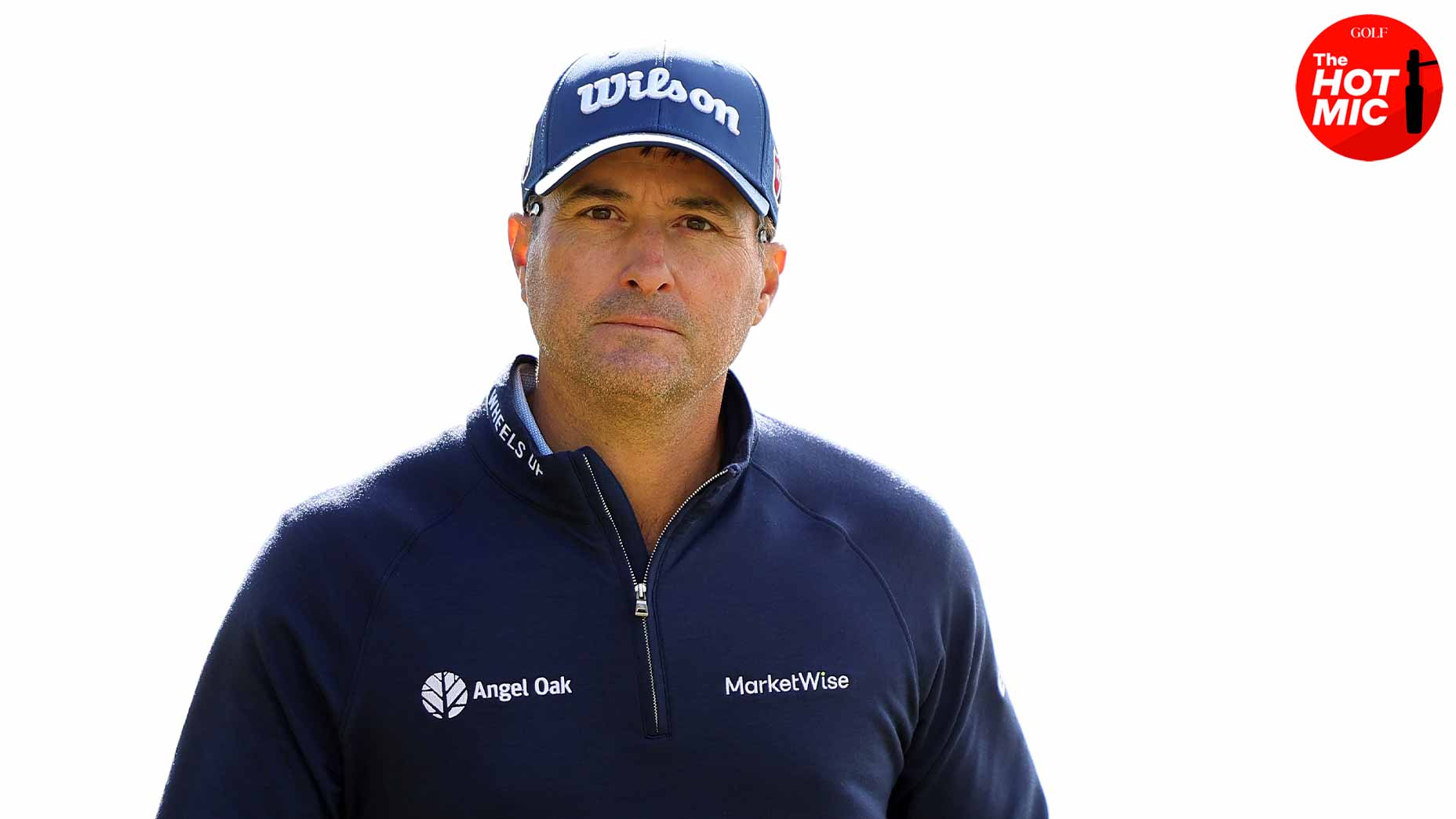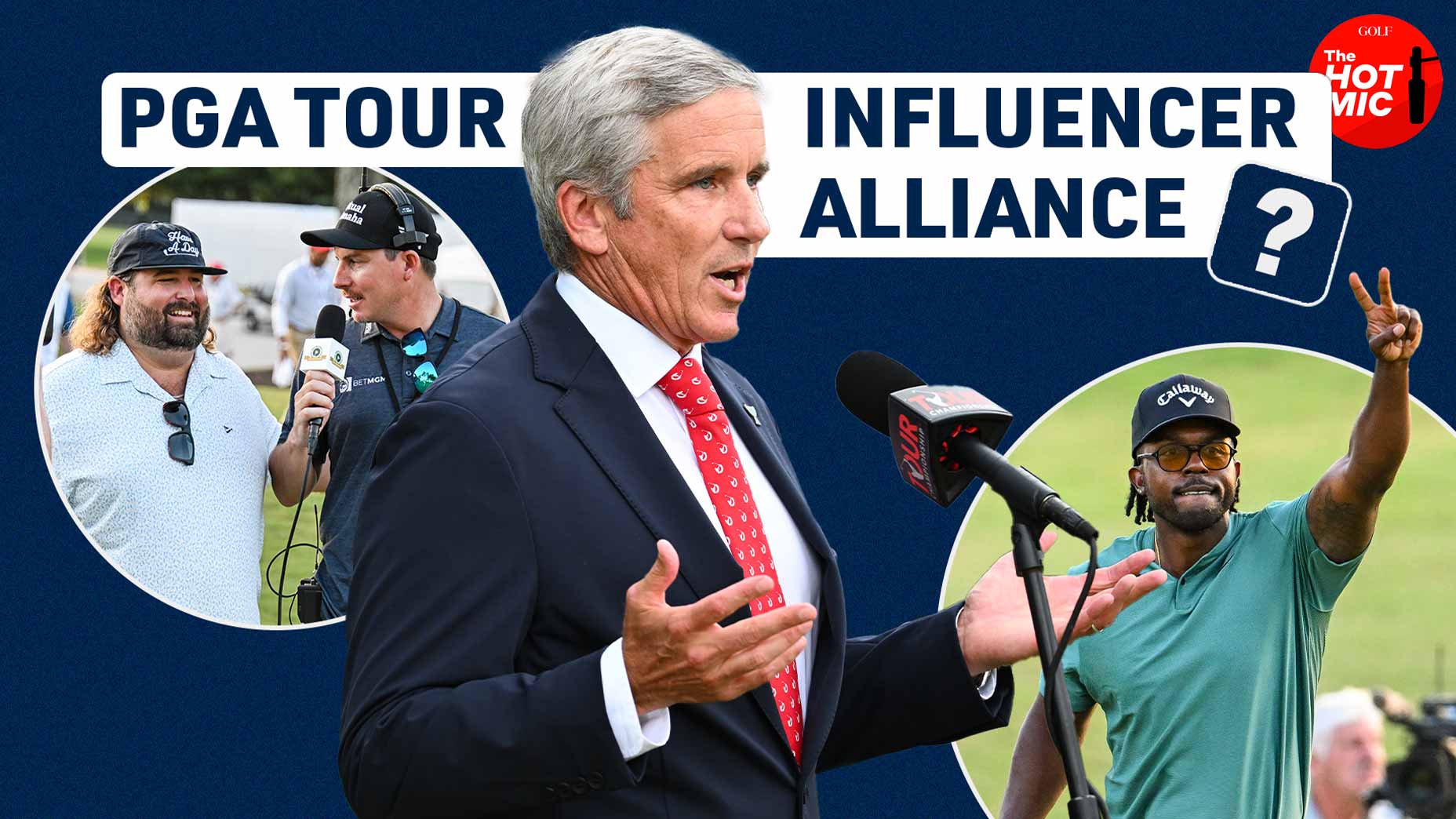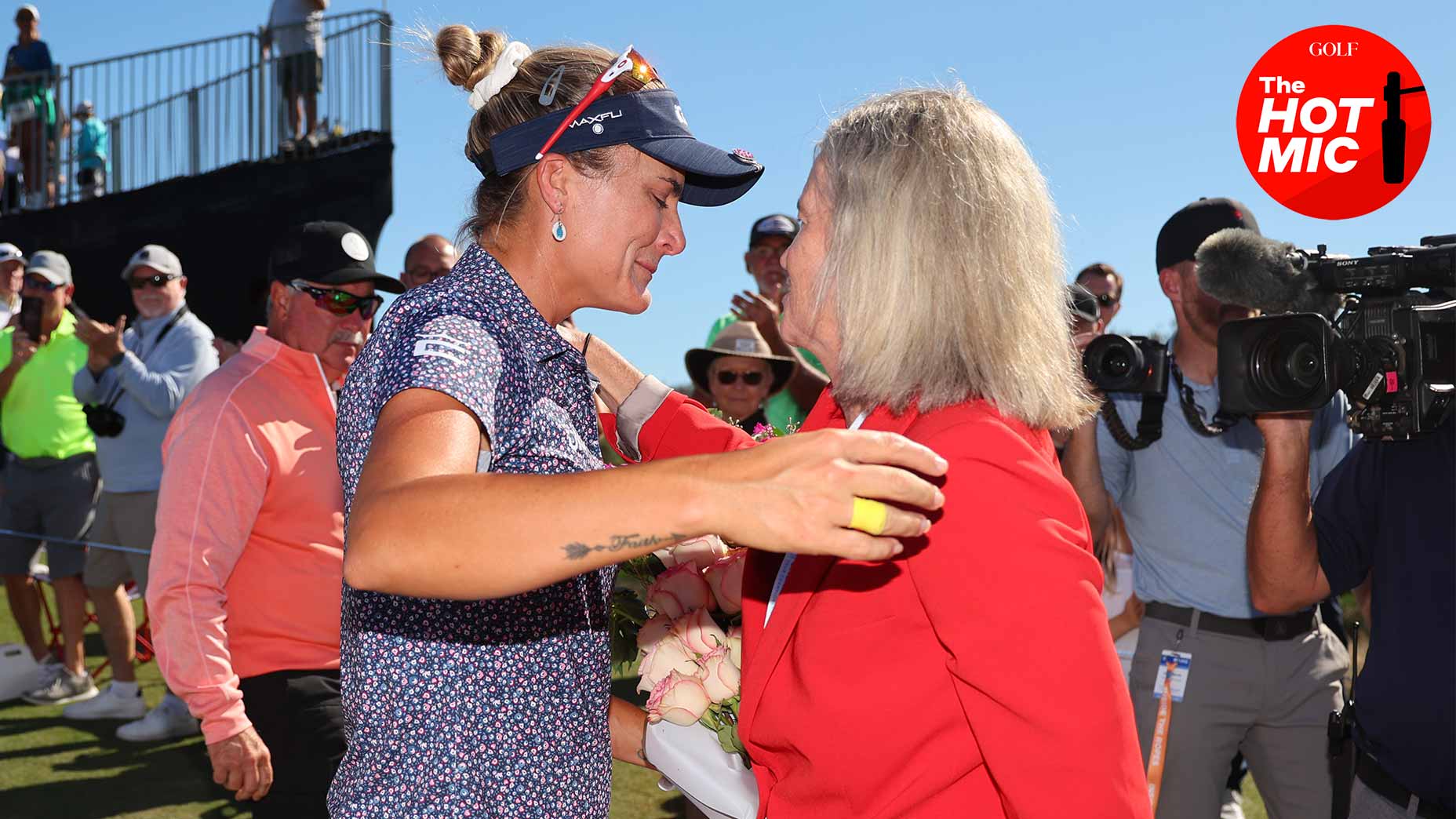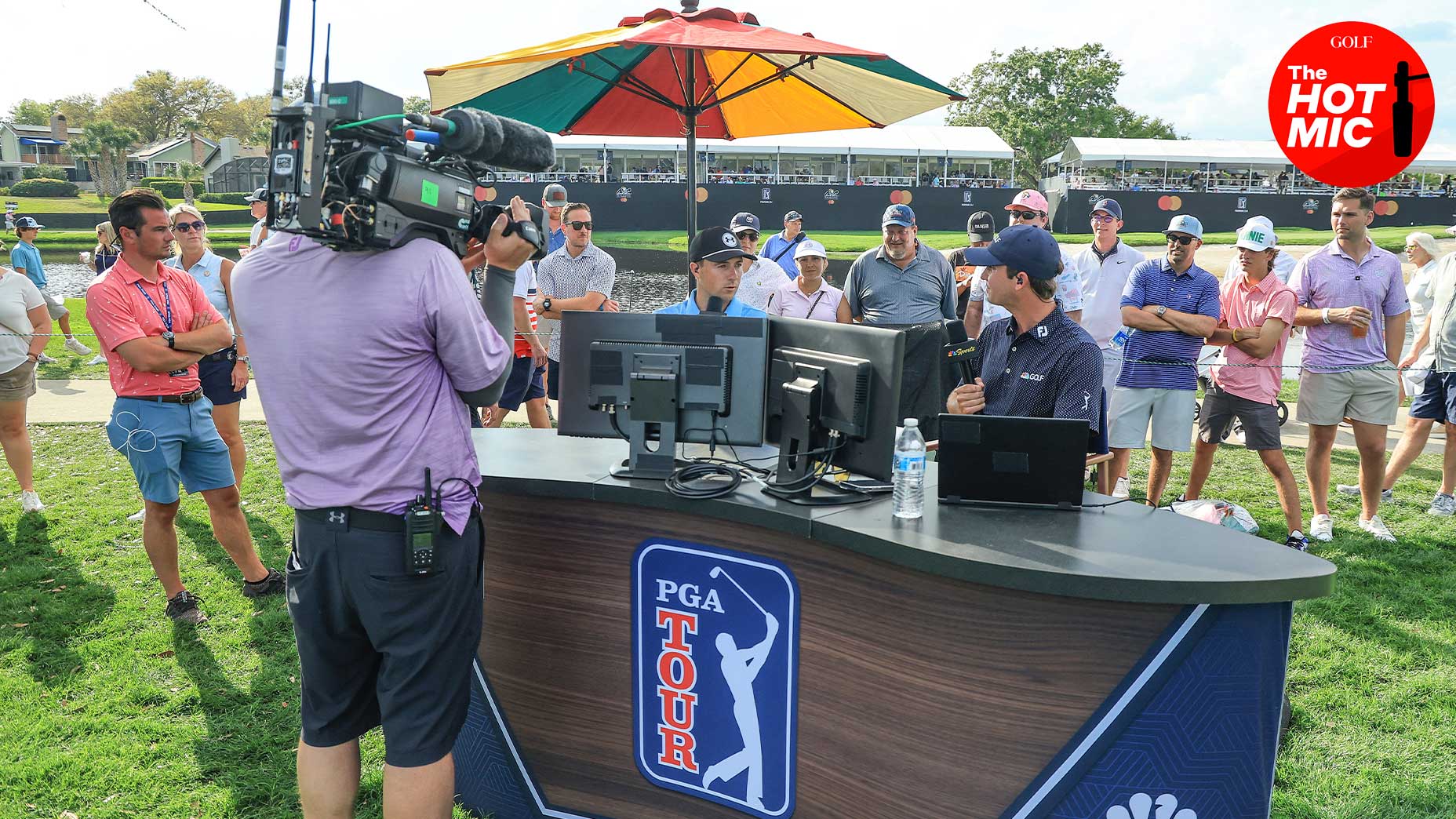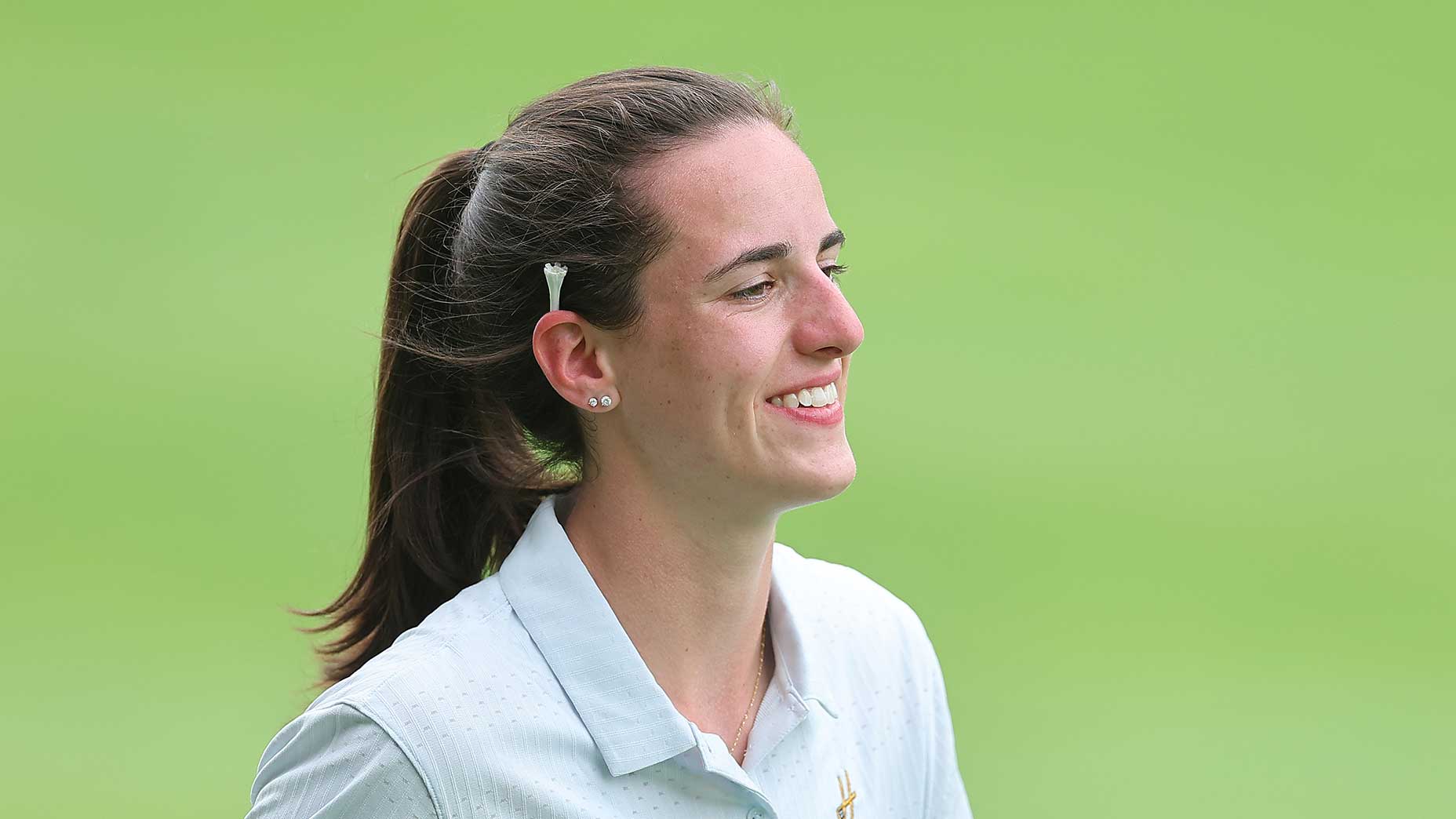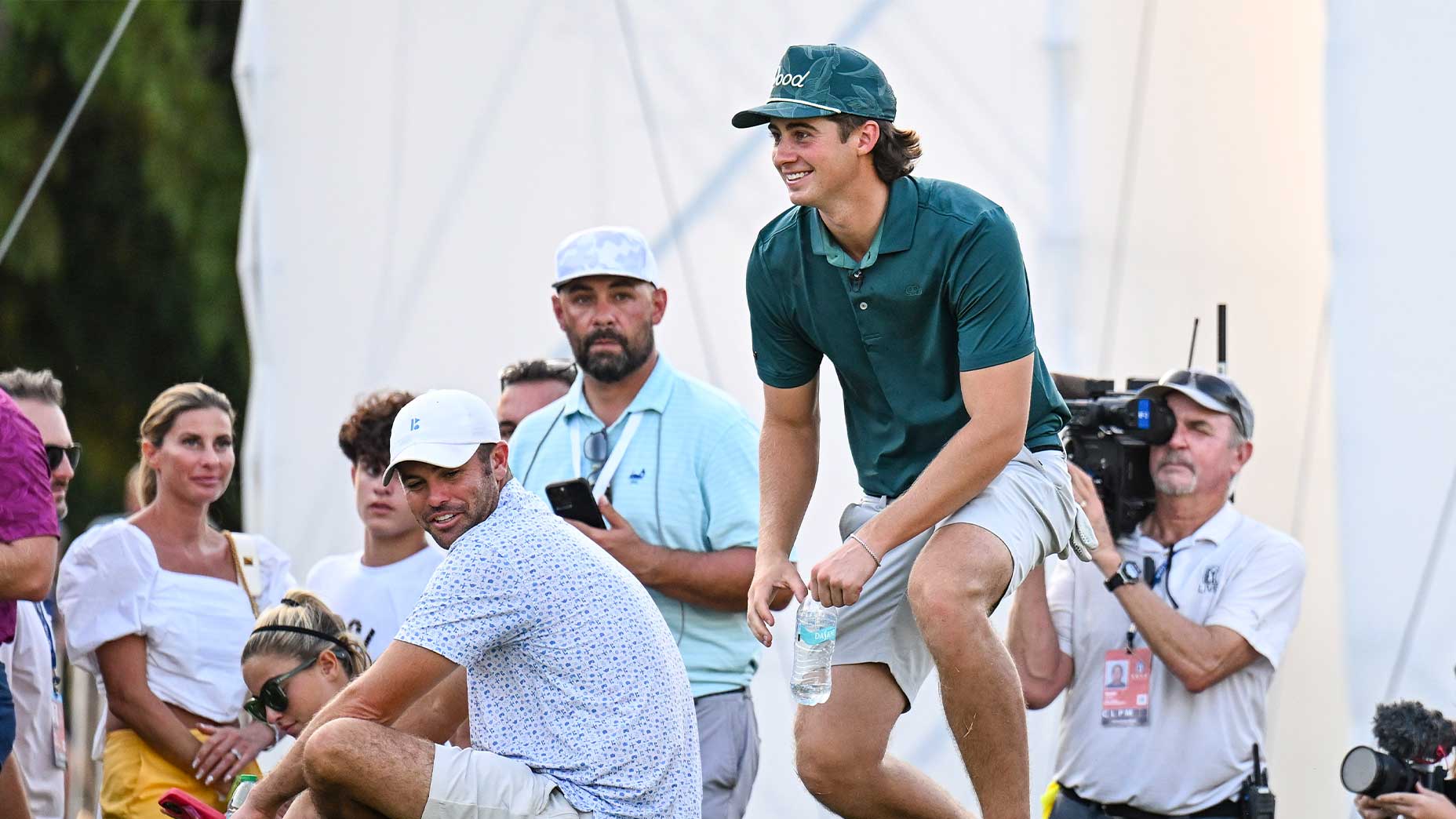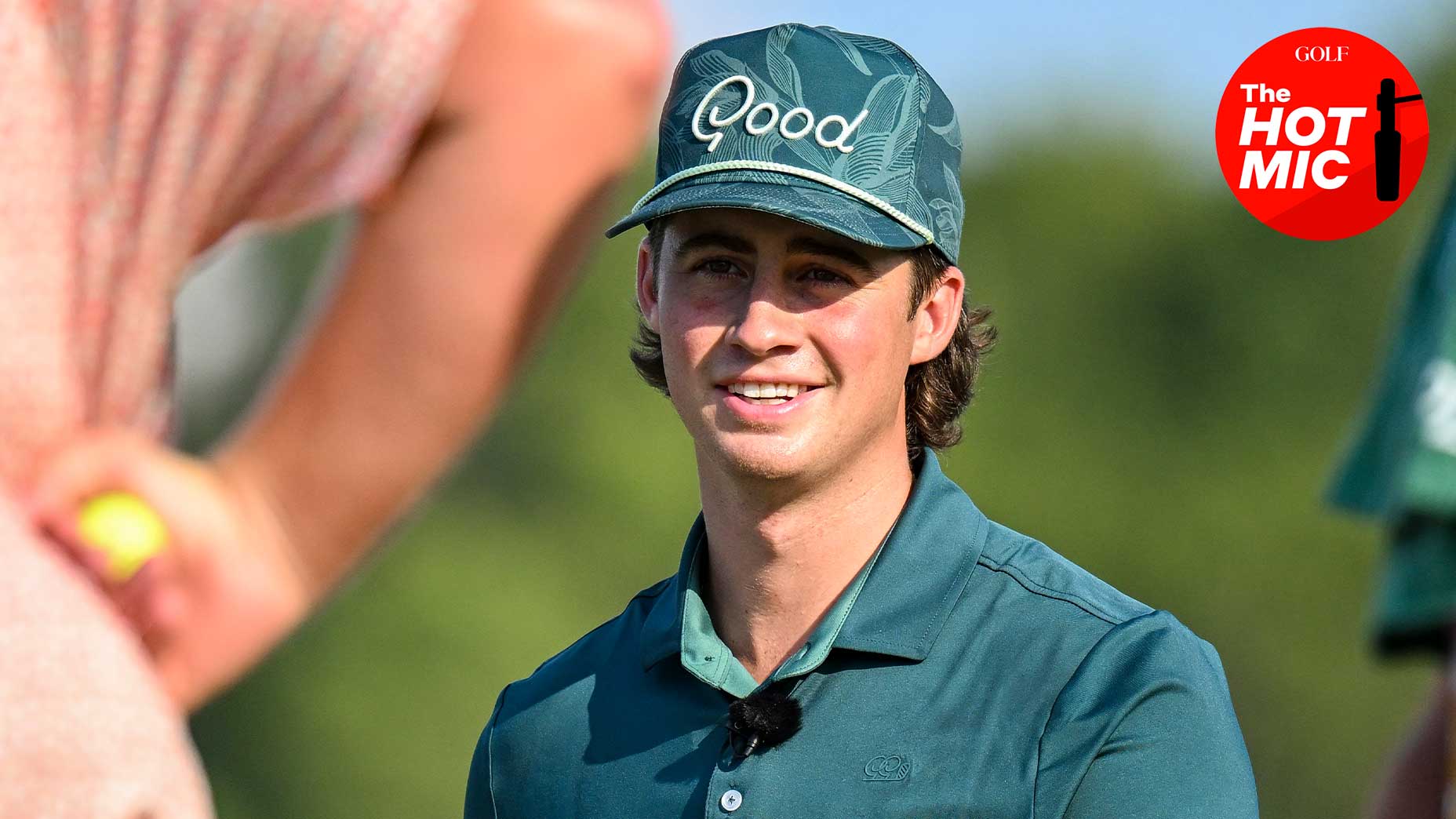Inside the Masters’ TV ratings plunge: What it means for golf
- Share on Facebook
- Share on Twitter
- Share by Email
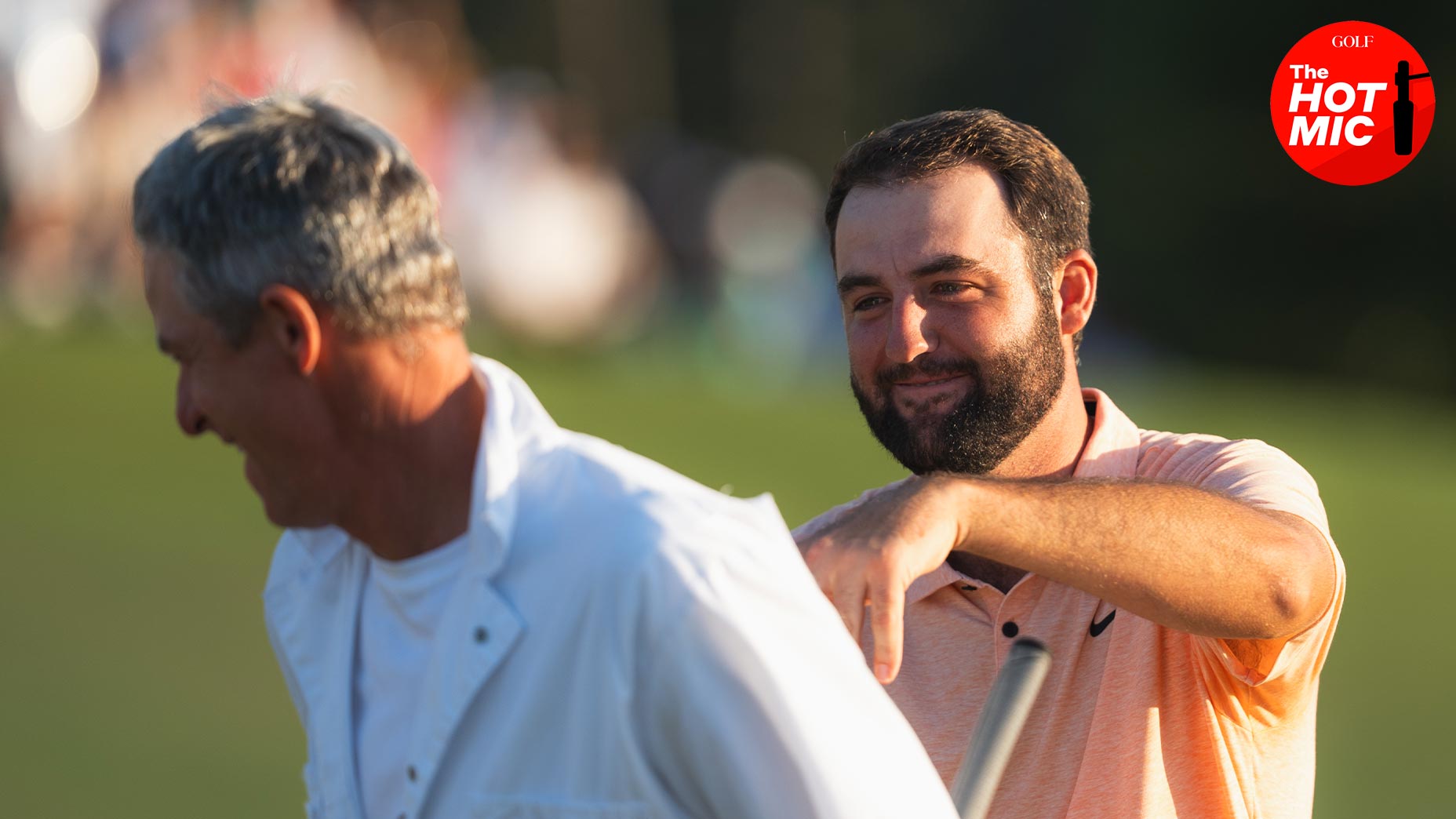
Scottie Scheffler's Masters victory resulted in a 20 percent ratings dip for CBS.
Darren Riehl
As it turns out, the least interested party in the Masters television ratings is … the Masters.
As most golf fans know, Augusta National does not care very much about maximizing its profits from hosting the Masters. If they did, the club would make their pimento cheese sandwiches more expensive than $1.50 — or charge CBS more than pennies on the dollar to broadcast the tournament each year.
Which is perhaps why outgoing CBS chairman Sean McManus didn’t seem all that worried about what the ratings would mean for either tournament or network last week, no matter how high or low they were.
“I do know the Masters will be the highest-rated golf tournament of the year…” he said coyly. “Because it is every single year.”
But the truth, of course, is more nuanced. The Masters TV ratings may not mean a ton to Augusta National, but they mean a great deal to the other stakeholders in golf. The Masters is one of the few objective tests of golf’s popularity, and because the tournament is the most-watched in golf every year, the Masters ratings also provide us with a sense of the sport’s TV ceiling. In a year like 2024 when so much of professional golf has seen significant ratings dips, the Masters also tells us a bit about the health of the professional golf product at large.
Right now, it seems pro golf’s health is declining. On Tuesday morning, CBS released viewership data that showed Scottie Scheffler’s Masters victory was the third-lowest-rated tournament telecast in history (ahead of only the Covid years of 2020 and 2021). Below is an extended sampling from the Hot Mic Newsletter discussing those ratings developments, particularly what they mean for the sport’s other stakeholders in the wake of the news. If you’d like to subscribe to the Hot Mic Newsletter to get developments like this sent directly into your inbox each week, check out the link here or click the box below.

WE SAID A WEEK AGO…
That anything under 10 million average viewers for CBS’s Masters coverage would indicate golf officially has a TV ratings problem. Only two Masters have ever rated lower than that mark and both came during the Covid years of ’20 and ’21. Changes to Nielsen’s out-of-home viewership data in the years since then, and growth in golf’s overall popularity, indicated that even OK ratings would cross the 10 million viewer threshold.
WHAT HAPPENED?
CBS’s latest report showed that 9.59 million average viewers tuned in to Scottie Scheffler’s Sunday triumph. That qualifies as … well less than 10 million. And even if out-of-home viewing data was down, it doesn’t account for a drop of nearly 2.5 million viewers from Jon Rahm’s 2023 victory.
THE PROBLEM
The 2024 Masters Sunday TV number is some 20 percent lower than last year’s audience, which is about in line with how far the PGA Tour’s ratings have fallen for much of 2024. The CBS number shows those lower Tour ratings haven’t been a fluke.
But the bigger issue is that golf’s ratings are now down across the board, even in events when the best players come together, and even when other sports are flat to up in their ratings. The issue isn’t as simple as the PGA Tour dealing with bad weather, and the solution isn’t as simple as reunifying the game’s biggest players more often. Pro golf seems to have lost some of its viewership base, and that’s bad news.
BUT JAMES, WHAT ABOUT THE PEOPLE WATCHING ON THE MASTERS APP?
Yep, there were a lot of them, and they’re not being counted in CBS’s TV ratings. But the point of reporting ratings isn’t to find every single person who watched a telecast on every platform (though that would be nice!). The point is to give us a point of reference about how an event is performing relative to historical trends. The numbers help us tell a story.
The CBS Masters numbers mean something to us because we have the context of previous numbers to compare them against, and these numbers are down considerably relative to the Masters’ previous ratings.
Of course there’s a bigger audience out there. But I’d be stone-cold stunned if 20 percent of CBS viewers migrated to the Masters app in one year. More likely is that 20 percent of last year’s TV viewers decided they had better ways to spend their time. And why did they decide that?
REASON No. 1
Golf simply isn’t an overly compelling TV product right now. Too few performing stars, too many controversies and headaches, too little clarity on the shape of the future of the sport — it’s all a bad cocktail for the viewership group representing a fifth of golf’s TV audience.
In short, the LIV drama was a bright blue flame for intrigue, but it may have faded into fan fatigue.
REASON No. 2
Scottie Scheffler simply isn’t a compelling TV golfer right now. He is unrelenting in his dominance and uninteresting in his interviews — a combination that could work for pro golf audiences if he lands three or five or 10 more big wins, but that isn’t working now. I’d bet a lot of golf fans changed the channel once they saw him take a commanding lead on the 12th green.
It’s great to see anyone reach this level of dominance, but until he starts winning at a historic clip, he’ll be a hard guy for golf to lean on for TV interest.
REASON No. 3
Fewer people are watching live television than ever before, and historical viewership trends are pointed in the wrong direction. Out-of-home viewing — which has been captured more accurately by Nielsen over the last 18 months and has resulted in temporary ratings “bumps” across the board — has helped supplement those deficits. Last year’s Masters, which fell during Easter, was greeted by a greater-than-usual out-of-home audience, but this year’s non-Easter Sunday finish resulted in smaller OOH numbers, and by extension, smaller overall viewership.
REASONS No. 4 to infinity
Fans love a star, and outside of Scheffler — who, if he is, is only at the beginning of his reign — golf’s best players just haven’t been relevant enough from week to week.
Rory McIlroy hasn’t won on the PGA Tour in 10 months. Jordan Spieth, Justin Thomas, Xander Schauffele and Patrick Cantlay haven’t won in two years. Collin Morikawa hasn’t won an event televised in daytime in the United States in three years (his victory in the middle of the night at last fall’s Zozo Championship notwithstanding).
The rest of golf’s stars — Bryson, Rahm, Brooks — are spending most of the year playing on LIV, a tour that in recent weeks has struggled to clip 200,000 average viewers on the CW, per Nielsen. That, for the non-ratings inclined, is roughly the same number of viewers who watched some of the lesser mid-week, mid-day men’s and women’s college basketball conference tournament games — and is less than a third of the audience averaged by the WNBA last season on ABC.
IS AUGUSTA CONCERNED?
Hell no. The Masters will be a profitable and important TV enterprise from now until hell freezes over. But as one of the stewards of the sport, Augusta National is paying attention to the health of golf’s TV product at large.
“I will acknowledge that, if you look at the data this year, golf viewers are down linear television while other sports, some other sports are up. So you can draw your own conclusions,” ANGC chairman Fred Ridley said Wednesday. “Certainly the fact that the best players in the world are not convening very often is not helpful.”
WHERE DO WE GO FROM HERE?
Hopefully by finding a solution to reunify professional golf full-time. There is an irony that the same players who have spoken so much about “revolutionizing pro golf” (in the aftermath of receiving truckloads of cash) are the ones who would be most culpable for a golf TV apocalypse. Without TV money, golf isn’t a profitable enterprise for anyone, no matter how revolutionary the product is. And without TV viewers, all the Saudi money in the world isn’t enough to keep pro golf afloat in 50 years.
The simplest way forward is to find a solution that will bring golf’s best players together more than four weekends a year, as almost everyone seems to agree. The problem is that we don’t seem to be much closer to a final solution than we were when the PGA Tour/PIF merger was announced 10 months ago.
The stakeholders have dragged their feet for long enough, and if they drag ‘em for much longer, they’ll be fighting over piles of sand.
Latest In News

James Colgan
Golf.com Editor
James Colgan is a news and features editor at GOLF, writing stories for the website and magazine. He manages the Hot Mic, GOLF’s media vertical, and utilizes his on-camera experience across the brand’s platforms. Prior to joining GOLF, James graduated from Syracuse University, during which time he was a caddie scholarship recipient (and astute looper) on Long Island, where he is from. He can be reached at james.colgan@golf.com.

